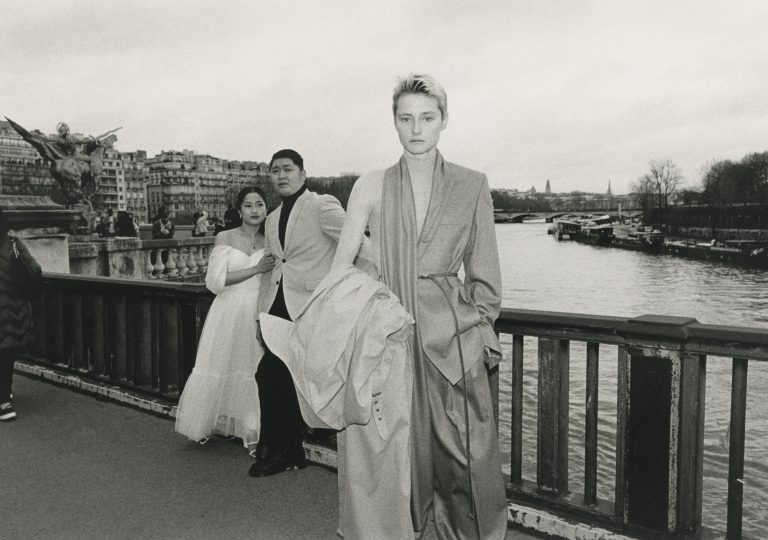Enter the world of Vautrait, where the passage of time intertwines with the artistry of traditional crafts to create garments that evolve with the wearer. Founded in 2021 by Yonathan Carmel, a LVMH Prize 2024 semi-finalist, Vautrait stands as a testament to the belief that the body gains depth and character with age, rejecting artificial transformations in favor of embracing authenticity and sustainability.
hube: What inspired your transition from graphic design to fashion?
Yonathan Carmel: Transitioning from graphic design to fashion felt like a natural evolution for me. As a self-taught graphic designer, I honed my skills in encoding large amounts of information into visually concise forms. Working extensively with graphic applications like Illustrator, InDesign, and Photoshop provided me with a unique ability for visual abstraction, enabling me to effectively communicate ideas through imagery.
The process of crafting page layouts instilled in me the discipline of making decisions while constantly considering the perspective of the reader or viewer. This skill set proved invaluable as I ventured into the world of fashion. Just as in graphic design, fashion requires a keen understanding of visual communication and the ability to convey ideas effectively.
In essence, my background in graphic design served as the perfect preparation for my journey into fashion. It provided me with the necessary tools and mindset to navigate the complexities of this creative industry, allowing me to translate my vision into tangible designs that resonate with audiences.

